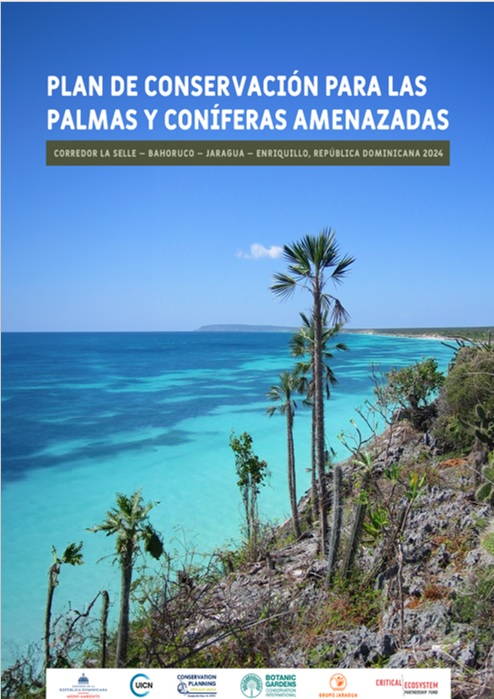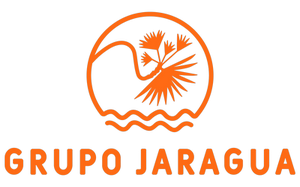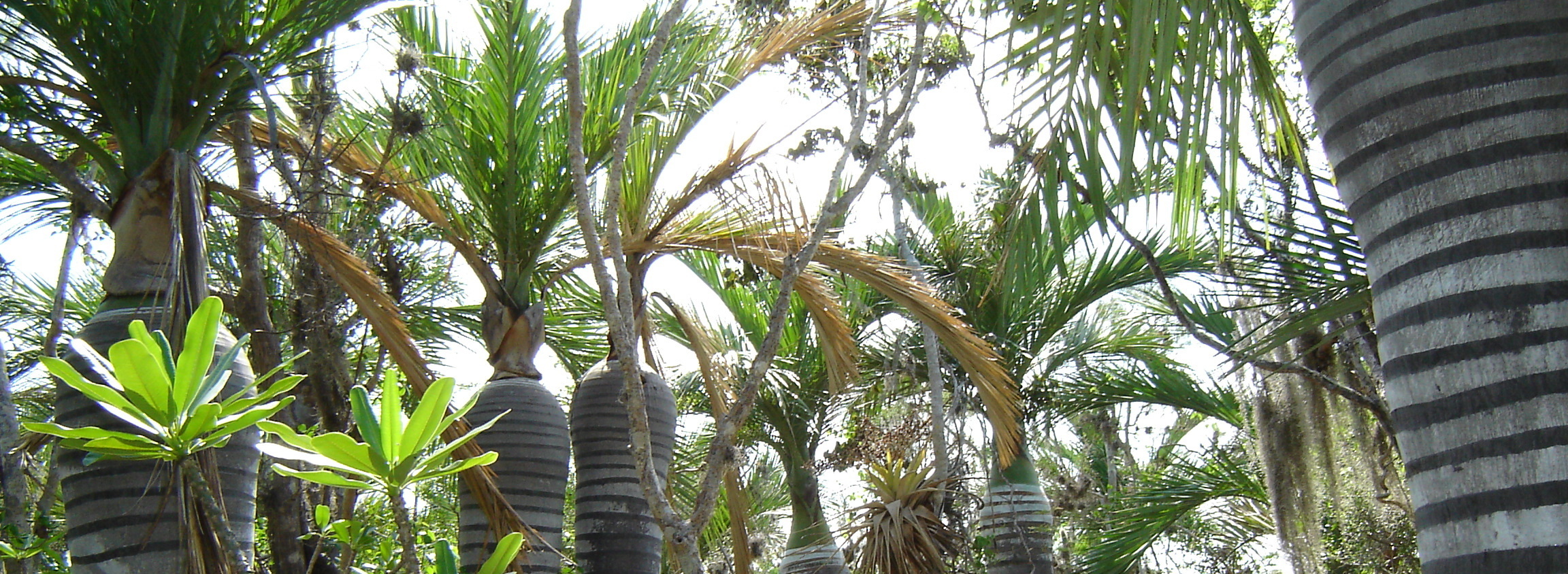
CONIFER & PALM CONSERVATION
The island of Hispaniola has many species and varieties of conifers and palms threatened with extinction. Besides Hispaniolan pine (Pinus occidentalis) and some of the most common palms, such as the royal (Roystonea borinquena) and cana palms (Sabal), very little is known about their status, especially of the most rare or narrowly restricted ones. However, most of these trees are considered endangered due to habitat destruction or degradation by farming, fires, development and / or overexploitation.
Thanks to a grant from the Critical Ecosystem Partnership Fund (CEPF), along with IUCN, we are assessing the status of the Sierra de Bahoruco conifers (Juniperus gracilior var. ekmanii y J.g. urbaniana) and podocarp species (Podocarpus buchii), as well as 12 palm species found in the Dominican Republic´s side of the La Selle-Sierra deBahoruco-Hoya de Enriquillo Corridor. Our goal is to develop conservation action plans and update the IUCN´s Red List. as well as the Vascular Plant Red List of the Dominican Republic.
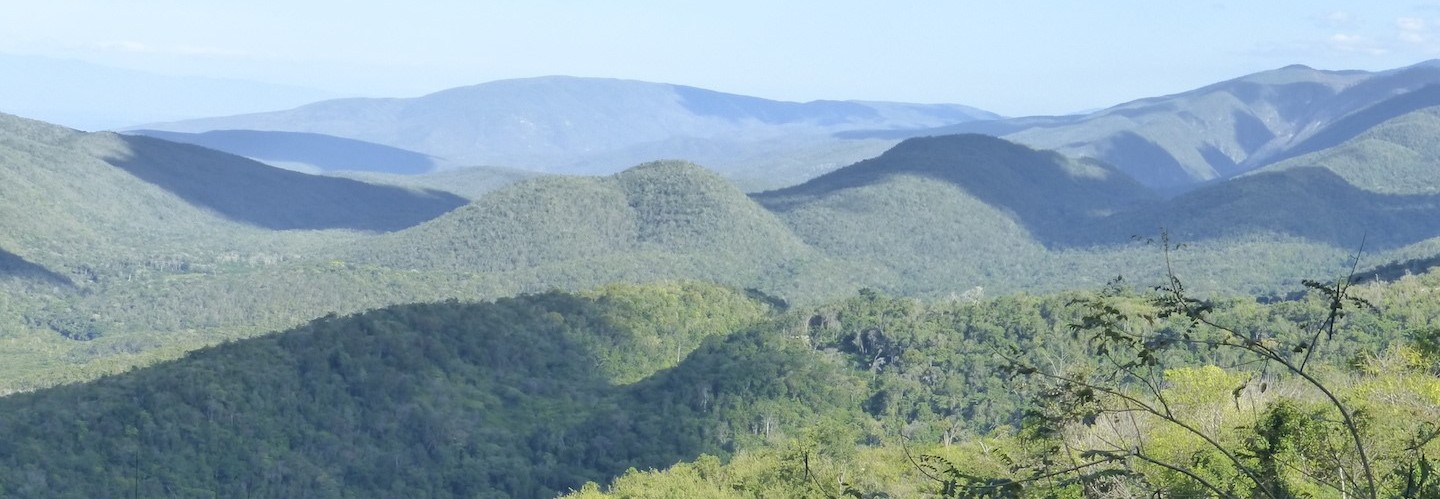
Where
This project focuses on the Dominican Republic´s side of the “Massif de la Selle- Jaragua-Bahoruco-Enriquillo Binational Corredor” defined in the Ecosystem Profile for the Caribbean Biodiversity Hotspot, located in southern Hispaniola (in red on the map). This area is also a Transboundary Biosphere Reserva designated by UNESCO. Hispaniola is the second largest island in the Caribbean, and it is shared between Haiti and the Dominican Republic.
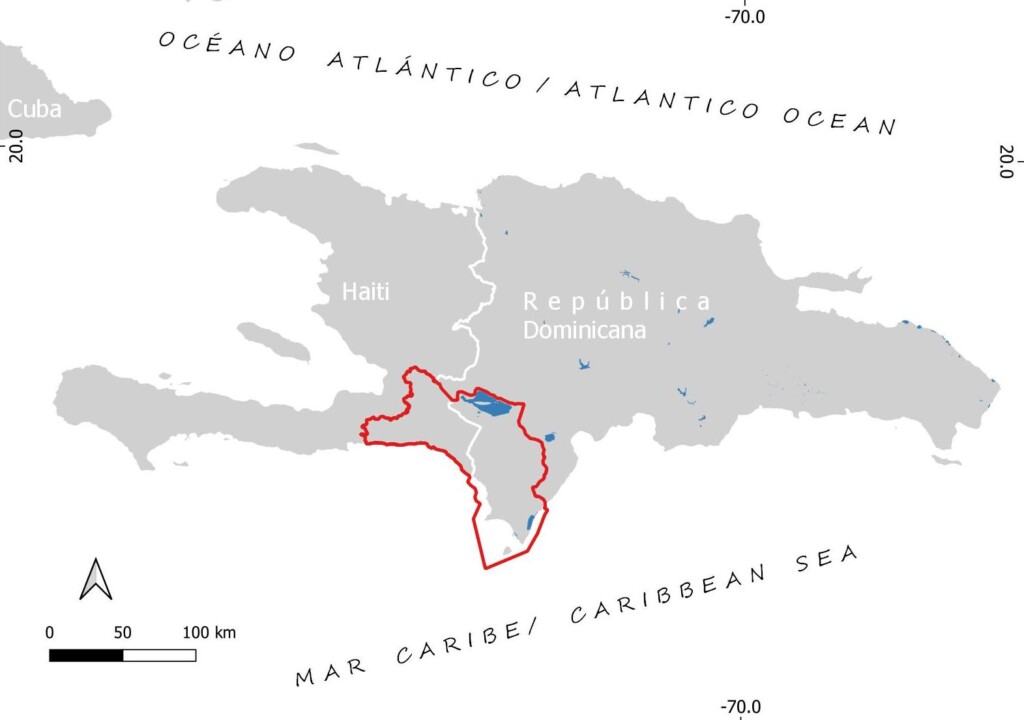
Importance
Palms and conifers are very appreciated around the world, whether from the economic vlaue of their wood, its leaves or as ornamental plants. Also, many have aromatic and medicinal properties. Often, their fruits and seeds are food for fauna (especially birds), which help disperse them, thus maintaining natural forest diversity in Hispaniola. Their trunk serves often as a nesting cavity, especially for Hispaniolan Parrots, a vulnerable species to extinction.
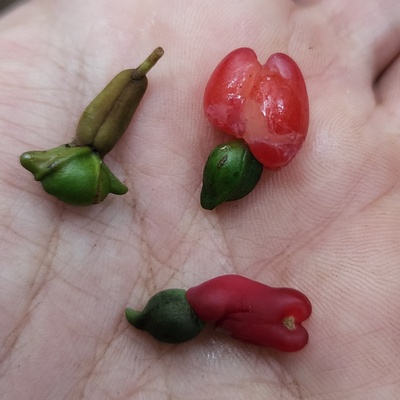
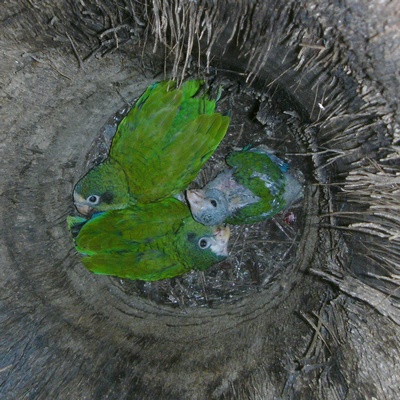
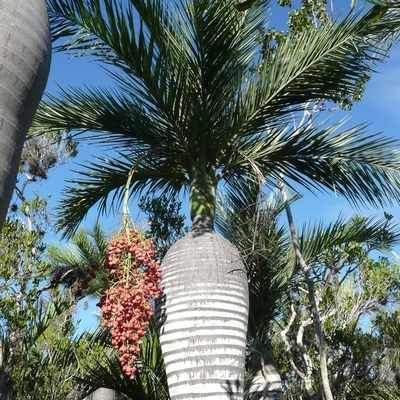
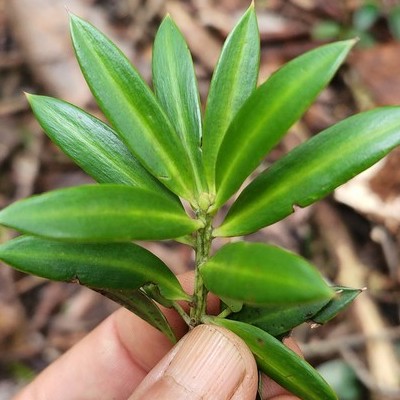
Threats
Unfortunately, the loss and dregradation of their habitats due to farming, fires and their unsustainable use threatens with extinction many of theses magnificent species. Through conservation action planning, we hope to assess every threat so we can target it strategically. For this, we have teamed up wih local and international experts including IUCN´s Conservation Planning Speciliast Group.
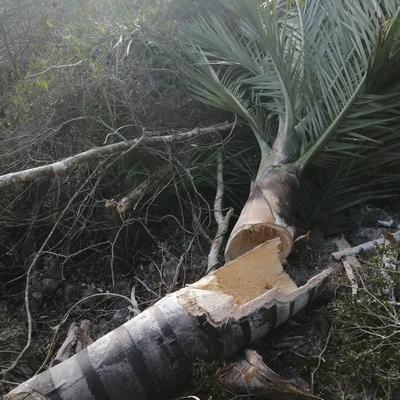
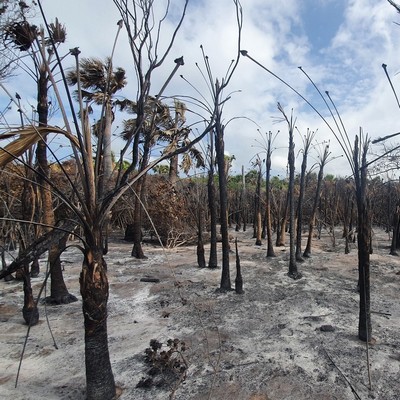
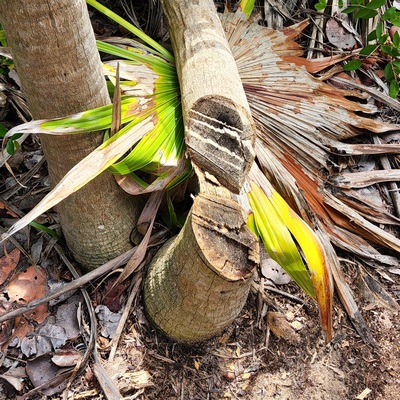
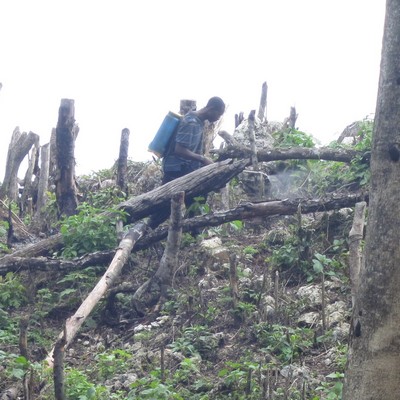
Workshops
Para aumentar la capacidad a la vez que incorporamos el conocimiento local, sobre estas especies, realizaremos dos talleres en septiembre de 2023.
The first workshop took place in Santo Domingo and was jointly organized with Jardín Botánico Nacional “Dr. Rafael M. Moscoso” y Botanic Gardens Conservation International, as parte of the Global Tree Assessment Initiative from Botanic Gardens Conservation International (BGCI). Besides conifer and palms in the Corridor, over 100 threatened tree species will be assessed. It was co-facilitated by Emily Beech (BGCI), and Yolanda León (GJ).
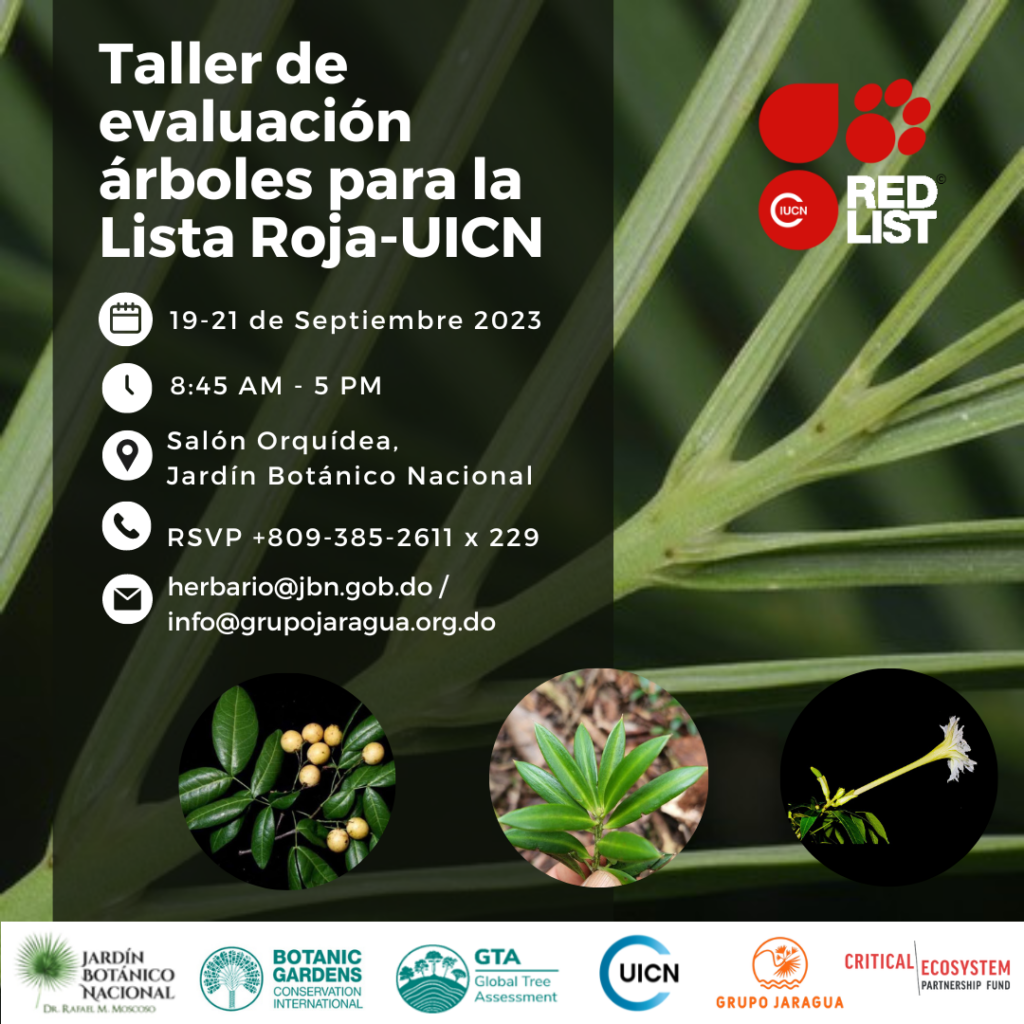
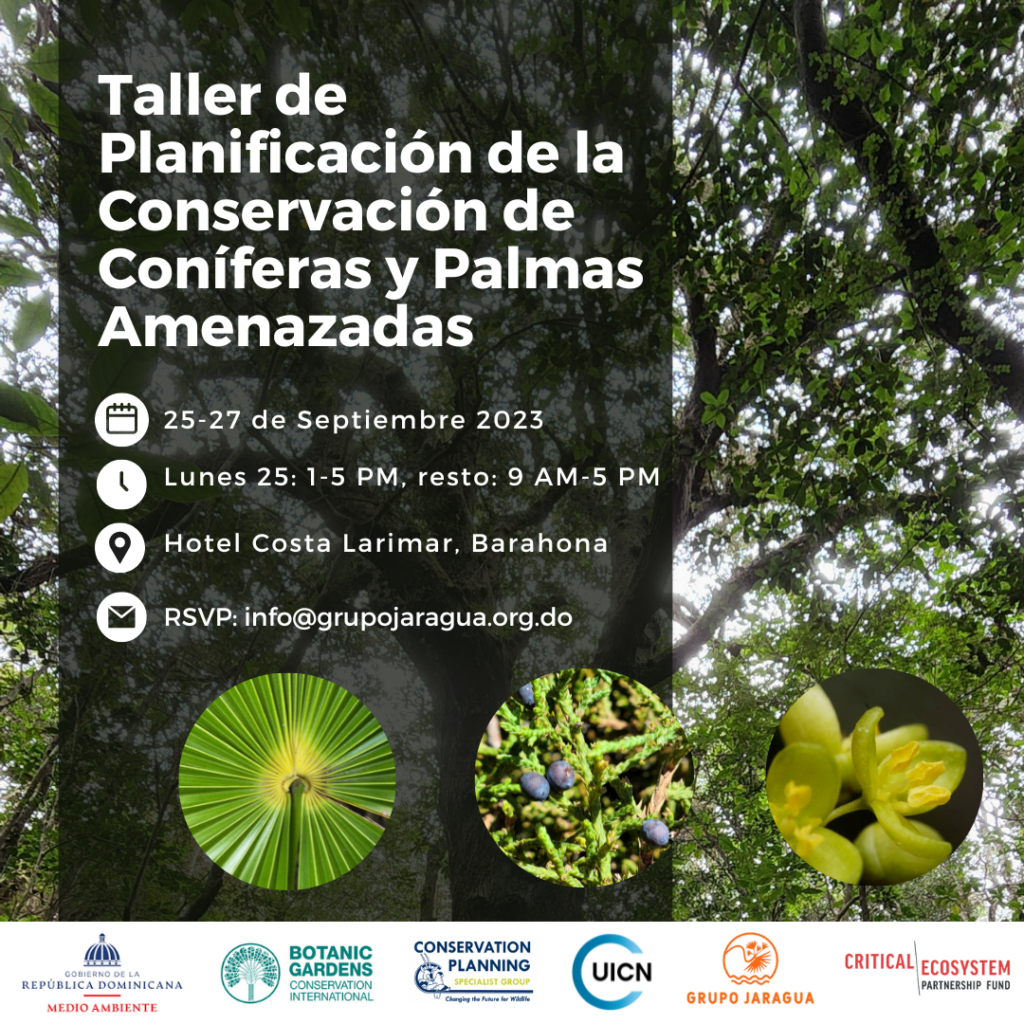
Conservation Action Plan
Complaints about this project? Here´s our grievance mechanism

